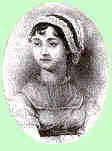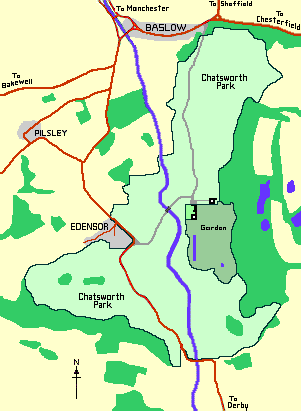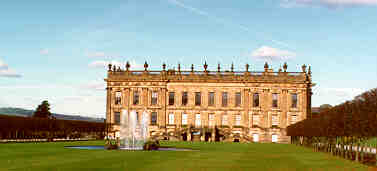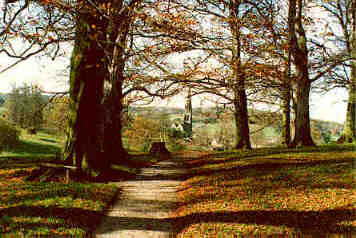Chatsworth is the Derbyshire home of the Dukes of Devonshire. The house dates from the Elizabethan era but the exterior was rebuilt under the 1st Duke around the start of the 18th century. The 4th Duke widened the Derwent River in 1760 and then engaged James Paine to build the three-arched bridge.
It is thought that Jane Austen visited Chatsworth in 1811 and used it as the background for Pemberley in Pride and Prejudice.
Jane Austen's Pemberley
Home of Mr. Darcy

|
James Paine's bridge in foreground

|
"It was a large, handsome, stone building, standing well on rising ground, and backed by a ridge of high woody hills; -- and in front, a stream of some natural importance was swelled into greater, but without any artificial appearance."






